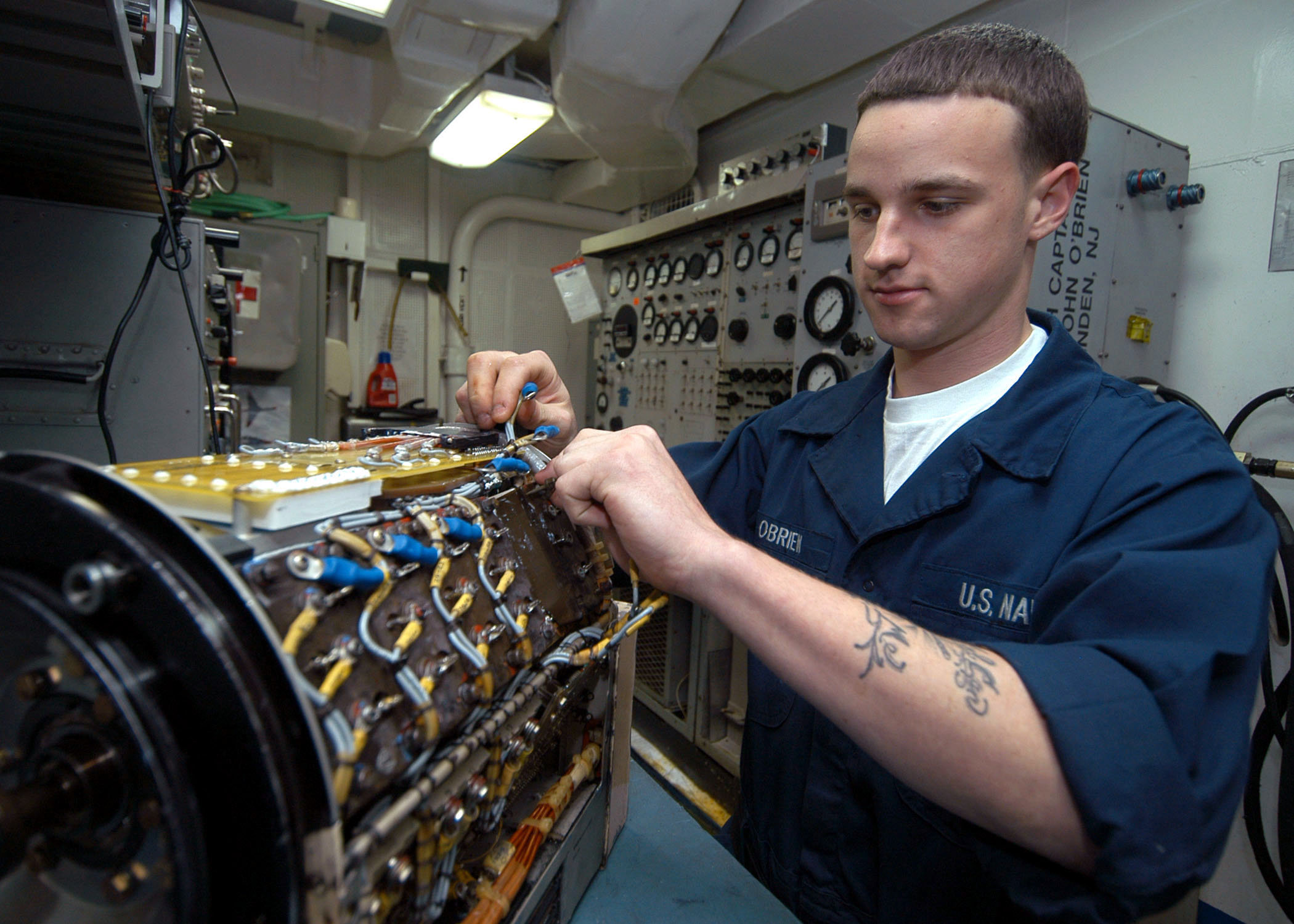The term hydraulic relates to liquids and their ability to generate force or pressure. A hydraulic system requires a source of liquid, a pump or compressor for pressurizing the liquid, and a network of valves, tubes, and hydraulic fittings that distribute the liquid to where it is needed.
Hydraulic fittings are essential components that enable fluids to move between tubes, hoses, and devices in a hydraulic system. Selecting the appropriate hydraulic fittings for your application can improve system performance, increase safety, and reduce downtime.
Types of hydraulic fittings:
Hydraulic fittings come in various shapes, sizes, and materials, and each type serves a specific function.
- Adapters: Adapters connect hydraulic hoses and tubes of different sizes. They may have different threading types, such as SAE, NPT, JIC, or ORFS.
- Elbows: Elbows are used to change the direction of fluid flow in a hydraulic system. They come in different angles, such as 45° or 90°.
- Tees: Tees connect three hydraulic hoses or tubes at 90° angles to each other. They are useful in branching out hydraulic energy to multiple locations.
- Couplings: Couplings fasten two hydraulic hoses, tubes, pipes, or fittings with one or more locking mechanisms, such as snap rings, ball bearings, or threads.
- Caps and plugs: Caps and plugs are used to seal the openings of hydraulic tanks, tubes, or hoses to prevent fluid leakage or contamination.
- Flanges: Flanges provide a secure connection between hydraulic hoses or tubes and other hydraulic components like pumps, valves, and cylinders. They have bolt holes that allow easy assembly and disassembly of the system.
Selecting the correct fitting:
Choosing the right hydraulic fitting can be challenging, but it is crucial for the effective functioning of the whole system. Some factors to consider when selecting a fitting include:
Size and shape:
The size and shape of the fitting should match the tubing or hose you are using.
Pressure rating:
Fittings have different pressure ratings, and you should select a fitting that can handle the fluid pressure your system generates.
Material:
The material of the fitting should be compatible with the fluid and environment it will be exposed to. Commonly used materials are brass, steel, stainless steel, and plastic.
Compatibility:
The fitting should be compatible with the type of fluid and tubing or hose material you are using.
Installing hydraulic fittings:
Proper installation of hydraulic fittings is critical to ensuring system integrity and preventing leaks or failure. Here are some best practices for installing hydraulic fittings:
Cleanliness:
Make sure all components are free from dirt, debris, or other contaminants that could cause damage or reduce the effectiveness of the connection.
Lubrication:
Apply a small amount of lubricant to the thread of the fitting before tightening. This will help with assembly and prevent galling or seizing.
Torque:
Use a torque wrench to tighten hydraulic fittings to the manufacturer’s recommended torque specifications. Over-tightening can damage the fitting or tubing, and under-tightening can cause leaks.
Inspection:
After installation, inspect the connection for proper alignment, leakage, or damage. Make sure there are no kinks or sharp bends in the hose or tubing that could restrict the flow.
Conclusion:
Hydraulic fittings are essential components that ensure the proper functioning of hydraulic systems. Selecting the right fitting for your application, proper installation, and regular maintenance can help prevent downtime, increase efficiency, and reduce safety hazards. Remember to follow best practices for fitting selection and installation to ensure a safe and reliable hydraulic system.




